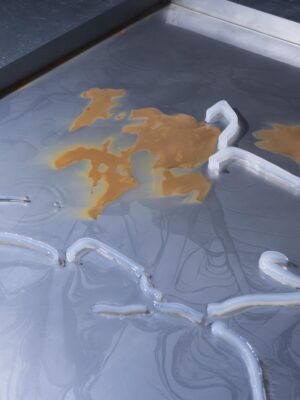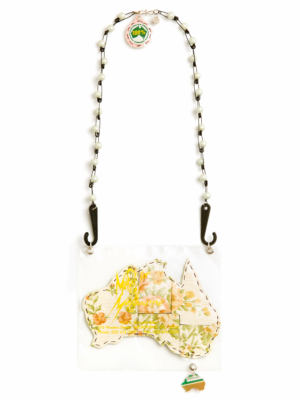Looking back upon years of education in visual art, I realised I had continuously returned to questions of literacy and linguistic hierarchies within my work; the hierarchies that do not only exist within grammar but the ones that extend beyond linguistics, when the languages we speak are moulded by historical and political forces.
I try to locate my relationship to language. There is very much I do not remember about my earlier years of literacy, but there is some I do. At the age of four, I sat at the dinner table with my grandmother 婆婆 (pó po), teaching Danish words in exchange for written Mandarin ones. Line after line fell onto the same piece of paper. A notebook ended up serving as a promise of finding a common tongue. When people ask me, what is my mother tongue, I believe they expect it to be either Danish or Mandarin. To me, the answer has always been neither or both. My grandmother taught me how Mandarin appears. My mother taught me how a mixture of Mandarin and Danish sounds, Mandalish; a jumping between languages and giving tone to the word that first finds its way to the tip of the tongue. Mandalish is a language I do not share with many, but it is a language I speak with a few. Danish is the one I speak most fluently, but one I never felt fully at home within. It always provided a backbone that was never fully mine. Mandarin is the language I learned to write over a stained tablecloth but forgot later on. Forgetting a language looks a lot like a generational fracture. Bring it to the surgeon and she will tell you it is incurable. It will govern the family and engrave itself from one generation to another.
___STEADY_PAYWALL___
Is our access to language ever a choice?
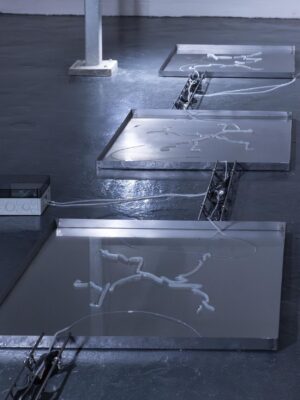
Forgetting a language looks a lot like a generational fracture. Bring it to the surgeon and she will tell you it is incurable. It will govern the family and engrave itself from one generation to another.
In China, Nüshu ⼥书 was a syllabic script. I write about it in the past tense, as it is no longer a living language. With its two characters ⼥ (woman) and 书 (literature), Nüshu translates to women’s script in English. It originates from Jianyong County, Hunan province, where women in the nineteenth century had no official access to formal education. Instead, Nüshu was derived from Mandarin characters by appearance¹ and taught from mothers to daughters through songs and visual languages of calligraphy and embroidery. Nüshu was used to give written form to the local dialect. Whereas in Mandarin, a stroke represents a meaning and each stroke provides a building stone for the larger semantic meaning of the character, a stroke within Nüshu instead represents a syllable, a sound. The Mandarin writing system draws from pictographic and ideographic roots in visual form, while Nüshu is a purely phonetic script, where the emphasis is on making the spoken sounds visible. As a language, it was intended to record the local dialect, and it was therefore never standardized. It pointed to an awareness of positioning and subjectivity as one writer could phrase and play with the syllables entirely differently from another.²


In 2021, I came across the term asemic. As a term, it points to a similar subjectivity of language, as it engages with interpretation in an open form. Asemic is defined as ‘having no specific semantic content’, or ‘without the smallest unit of meaning’³. It is a wordless form of writing that is open in its semantic form. It calls into question what writing is and engages with textures and drawing as potential writing. Asemic writing is writing in which interpretation is open but not limited to symbols.
To me, the asemic has somehow come to be the constructed language of inclusion, as it is a language not limited to a mother tongue. Instead, it opens up what interpretation can be. It is a language inviting the reader to actively participate by revisiting their own body to form an interpretation instead of searching for the meaning of the writer. It is a language, through which everyone is simultaneously an insider and outsider. It has come to be a filler for my generational fracture. The fracture of forgetting the one language framed as my mother tongue.
Jesse Chun is an artist whom I came across a few years ago, as she similarly works around the concept of the asemic. With her work Score for Unlanguaging, she creates her own asemic writing through abstractions of the English language. By undoing the familiar shapes of the Roman alphabet, she unfixes existing visual structures to open up new possibilities of language. By engaging with unlanguaging instead, she proposes a score for unlayering the political structures that have been fixed to semiotic structures over time.
To me, the asemic has somehow come to be the constructed language of inclusion, as it is a language not limited to a mother tongue. Instead, it opens up what interpretation can be.
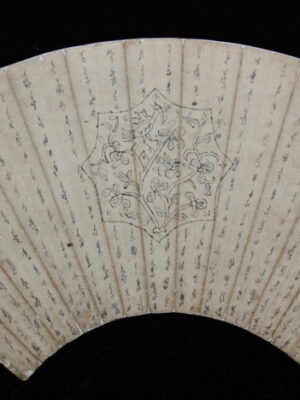
Words are containers for historical structures as their linguistic implications are never neutral. In Beyond the Mother Tongue: The Postmonolingual Condition, Yasemin Yildiz writes about how the idea of one singular mother tongue is a linguistic idealization. The idea of one mother tongue is political when a nation-state privileges a monolingual ideal. Disciplining a monolingual ideal is one of the driving conditions for national cohesion: ‘Monolingualism established the idea that having one language was the natural norm, and that multiple languages constituted a threat to the cohesion of individuals and societies.’⁴ But no language ever fully consists of its own. Yildiz draws attention to German as an example of a language carrying an internal multilingualism. With its many borrowed words, words such as Fenster (window) and Käse (cheese) are used within an everyday context yet entered the German language from Latin. German speakers do not usually consider these two as loanwords, as both have been assimilated to fit the German pronunciation.⁵
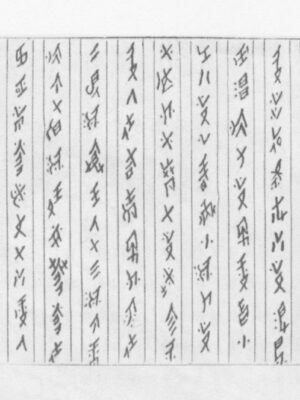
When we count a language as singular, we are told it exists as its own entity. But a language is never alone. Its borders are never fully drawn when words freely migrate from one container to another. Am I mad at language? I still sometimes ask myself. I no longer believe my anger is addressed to language itself, but rather the structures behind the languages we gain access to and speak, often ones with dominant and profitable trajectories. As I am writing, I am writing in English, the world’s dominant tongue. While some languages are spoken, others are dying or living in the shadows of standardized ones. Nüshu is one example of a language, which was constructed in resistance towards being denied access to education. Today, it is no longer spoken as it passed away with its last speaker. When a language dies, we can only look back upon it through the eyes of illiteracy. Its semiotic structures are unfixed and we instead look upon it through the asemic, where everyone is simultaneously on the inside and outside. It has translated my fracture, a way to speak of what has been forgotten or never fully learned. It lets language loosen its borders and monolingual ideals slip away. If my relation to language has been shaped by loss, then the asemic offers a way of writing and understanding that does not attempt to recover, instead lingering in a gap.
References
- L. Zhao: ‘Theory and Rules of Nushu Character Unification’, Tsinghua University Press, 2014, p. 5 1
- X. Chen: ‘Nüshu: from tears to sunshine’, The Unesco Courier, 2022
- P. Schwenger: ‘Asemic: The Art of Writing’, University of Minnesota Press, 2019
- Y. Yildiz: ‘Beyond the Mother Tongue: The Postmonolingual Condition’, Fordham University Press, 2012, p. 6
- Y. Yildiz: ‘Beyond the Mother Tongue: The Postmonolingual Condition’, 5 Fordham University Press, 2012, p. 68
This year’s theme for our digital publishing is Language. Through a selection of articles we dive into visual languages, the communication of objects, iconography and symbolism. Focusing on story-telling through a lens of aesthetics, we are eager to bring assorted trains of thought to you by twelve different authors. The articles range from speculative to theoretical, chaste to raunchy, past to future, bringing you a variety of voices and perspectives.
This year’s digital publishing features isabel wang pontoppidan as guest editor. isabel is a Danish-Chinese writer, artistic researcher and jewellery maker based in Amsterdam. Her practice is multi-pronged, combining writing, performance, research and jewellery in a variety of overlapping cross-sections.
Cover image: Cecilie Fang: at the end of the sentence, it rotted, 2025.
Commissioned by Current Obsession.
